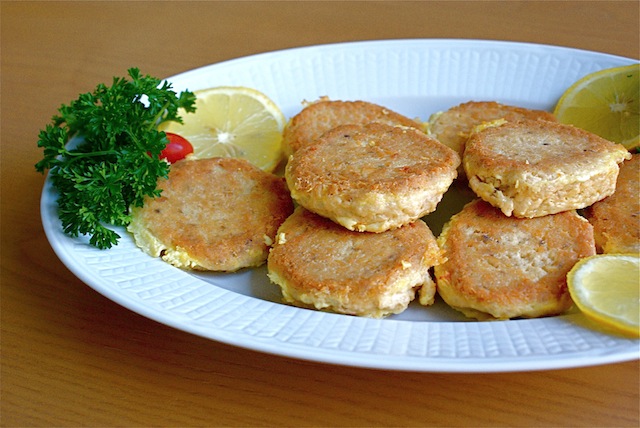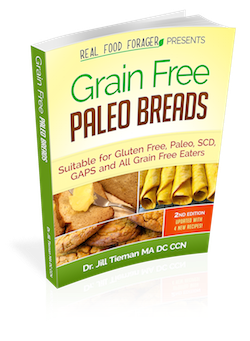It is commonly known that salmon contains the very valuable long chain omega 3 fatty acids EPA and DHA. This omega 3 fat is protective to the heart and brain and protective against other diseases of inflammation such as cardiovascular disease, Alzheimer’s and rheumatoid arthritis. However it is wild salmon, not farmed salmon that provides these vital nutrients.
Not only does farmed salmon have less of the valuable fats, but it also has hormones, antibiotics, colorings, but most importantly, polyunsaturated fatty acids like linseed and rapeseed oil that are unnatural to fish and unhealthy for both fish and humans.
The issue of the feed provided to farmed salmon is critical to our understanding of what happens to our food supply when we take animals out of their normal environment and away from their natural diet. Studies have shown that the saying “you are what you eat” also applies to fish. When fed unnatural grains and cheap, highly refined polyunsaturates like linseed and rapeseed oil, the valuable oils that the fish produce in their flesh is reduced and actually becomes a dangerous, atherosclerotic producing food. The farming industry tries to rectify that by feeding fish oils to the fish in the last 20 weeks before harvest, but this still does not correct the poor balance of omega 3 to omega 6 produced by the diet of grains and cheap oils previously given. The solution for you, is to eat only wild salmon.
The season for wild salmon generally starts April/May and can run through November. Your local fish market is a good place to start “foraging” for wild salmon. Frozen salmon can be obtained all year from various vendors of high quality fish. Other nutrients obtained from wild salmon are vitamin D and astaxanthin. Vitamin D has bone building, anti-cancer and immune protective benefits. Astaxanthin is the powerfully anti-inflammatory, carotenoid-class antioxidant that gives wild salmon its vibrant red-orange color.
Here is a recipe for a quick and simple hot meal from canned wild salmon that even the pickiest eater may enjoy. The tiny amount of gluten-free coconut flour added will give it that “breaded” feel that is so delicious. Serve it with sliced avocado or guacamole dip, or cold the next day.
Ingredients
- two 6 ounce cans of wild salmon (BPA-free can if possible) (where to buy wild salmon)
- 2 eggs (pastured if possible)
- Sesame oil, lard, tallow, butter, ghee or coconut oil for pan sauteing
- 1/2 Tablespoon coconut flour (where to buy coconut flour)
- 1/2 teaspoon sea salt
- 1/2 teaspoon garlic powder
Instructions
- Open and drain the cans of salmon
- Empty into mixing bowl and mash with a fork
- Add the two eggs and mix together
- Add the spices
- Mix in the coconut flour
- Divide the mix into eight sections
- Scoop out each section to make individual patties for pan sauteing
- Heat the oil/fat of your choice to medium
- Transfer the patties to the pan and cook until browned, making sure they do not stick to the pan
Variations
If you have a picky eater who does not like texture, just use the basic recipe as above. Other tasty additions to the basic recipe include using finely chopped red pepper, green pepper, scallion, and/or fresh garlic. You could even saute these a little first, to get them soft before putting them into the mix. Other variations include using leftover, already cooked wild salmon fillet.
Serve With
- Homemade gluten-free crepes
- Sliced avocado
- Guacamole
- If you have leftovers, you may serve them cold with homemade mayonnaise
- Slices of gluten-free coconut bread












